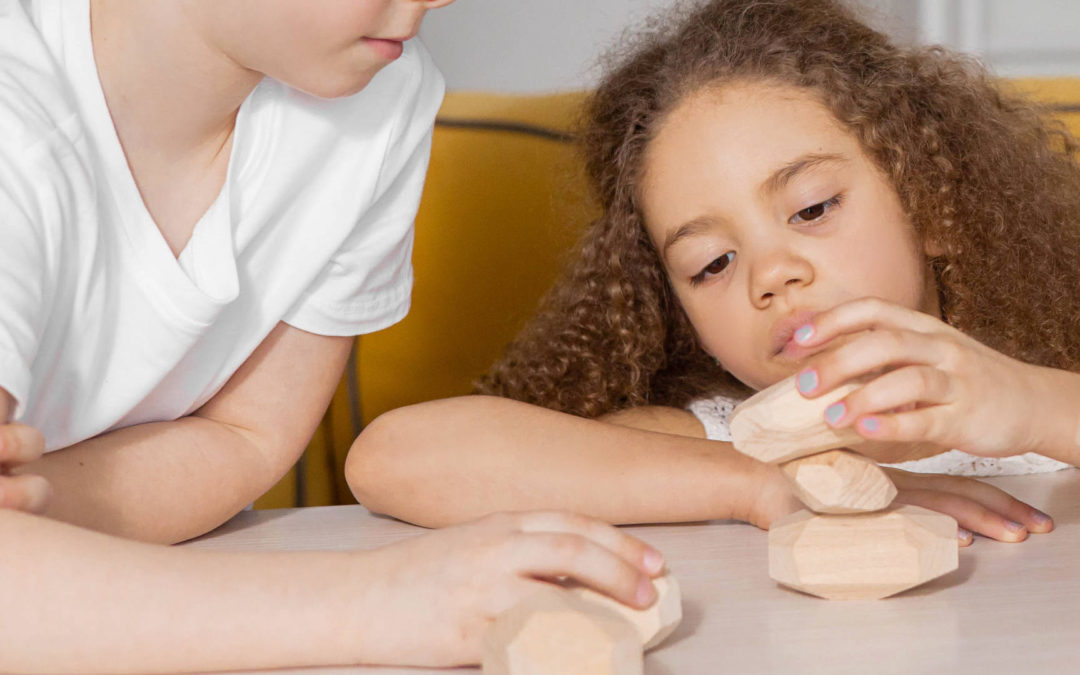Learning how to be patient is difficult, especially for children. Children are not born with the ability to regulate their emotions. Parents must actively work to teach them patience. To teach children the value of patience, parents must be consistent, realistic, and empathetic. Most importantly, parents must also be patient themselves; learning patience will not happen overnight for any child!
4 Quick Tips to Teach Your Child Patience
- Start small – When your children are little it is a great time to start attempting to teach them patience. Again, be realistic with your expectations; very young children are developmentally incapable of regulating their emotions. Have young children wait for very short lengths of time. You can practice this by having them wait a minute or two as you get them another snack.
- Set a timer – Time is hard for children to understand. Until they are much older, they may not recognize the difference between ten minutes and one minute. A visual representation of time is helpful.
- Practice patience – The more practice you give your child, the better. Practice by taking turns playing a board game together. You can also practice patience by, simply, slowing down. Go on a walk without a destination in mind.
- Stay away from screens as a time distraction – When you are trying to keep your child occupied, and are focused on reducing meltdowns, a simple quick fix is to give them a screen, or sit them down in front of a screen. This is not helpful as it does not teach patience but rather distracts them with another activity.
Activities That Help Teach Children Patience
- Baking – There is not any instant gratification when it comes to baking. Baking is an involved process with a delicious result that teases you throughout. Licking the bowl, and breathing the smells as your treat bakes, builds the anticipation for what’s to come. This makes baking a great way to teach patience!
- Mindfulness – What exactly is mindfulness? It is the practice of slowing down and noticing what is happening in the moment. Through mindfulness children can better control their impulses and are able to regulate themselves more easily. There’s some great tips on practicing mindfulness with your kids here.
- Gardening – Watching a plant grow is a great way of teaching patience. Children can plant a seed and slowly see the plant’s stages of development. Through the process, they are also learning how to take care of a living organism, which helps to foster empathy and compassion.
- Puzzles and Board Games – Taking turns requires a child to wait. For younger children, it will be very difficult for them, but as they get more practice it will become easier.
- Create an Art Project – Creating art can be a lengthy process. While your child is creating their project, they are learning to focus their attention on a task in addition to learning patience. A project that utilizes a mixture of different media may require that your child must wait until one part dries to continue with their project.
- Reading a book – Reading is one of the best way of teaching the value of patience. Kids need to put effort into reading (or listening) to the story as it unfolds. Even a short story will help them practice focusing, and develop their attention span. A little parent interaction can go a long way to making it a really fun activity that your kids will look forward to!
Learning patience is not an easy process for children. As a parent, it requires you to be intentional in your planning; finding activities that are engaging, but also does not provide instant gratification is key. In addition to intentional planning, you must extend patience to your child. By modeling patience, you are showing your children the value of being a patient person. Through learning patience, your children also learn empathy and compassion.


